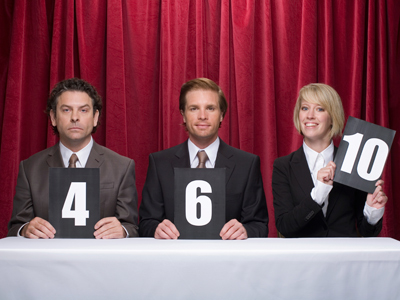
Related Numbers 3
Related Numbers tests you on multiplication, division, addition and subtraction.
If you like this 11-plus verbal reasoning quiz type, you will be flying through the questions. If you don't like them as much as some of the others, don't worry! This is the third of four of this type. Nearly there! Keep ploughing through them - remember that it's more important to practise the ones you aren't so good at than the ones you are.
An example has been done for you. You also may find it beneficial to have a pencil and paper to hand. That way you can jot down your findings so far. Do your best and enjoy Related Numbers quiz number 3.
(12 [4] 48), (19 [6] 114), (12 [ ? ] 36)
3
4
5
6
The correct answer is 3.
This is because 12 and 48 are related by dividing 48 by 12 to get the number in the middle. 19 is related to 114 in the SAME way (dividing 114 by 19 results in 6). The relationship is DIVIDE.
Choose the correct answer from the four choices available.
(47 [141] 3), (32 [64] 2), (23 [?] 4)
Choose the correct answer from the four choices available.
(59 [97] 38), (47 [58] 11), (68 [?] 18)
Choose the correct answer from the four choices available.
(72 [8] 9), (64 [4] 16), (48 [?] 12)
Choose the correct answer from the four choices available.
(82 [56] 26), (29 [16] 13), (78 [?] 29)
Choose the correct answer from the four choices available.
(84 [100] 16), (94 [111] 17) (68 [?] 26)
Choose the correct answer from the four choices available.
(28 [4] 7), (144 [12] 12), (92 [?] 23)
Choose the correct answer from the four choices available.
(119 [76] 43), (38 [13] 25), (87 [?] 29)
Choose the correct answer from the four choices available.
(39 [27] 12), (65 [47] 18), (28 [?] 9)
Choose the correct answer from the four choices available.
(53 [106] 2), (16 [112] 7), (12 [?] 7)
Choose the correct answer from the four choices available.
(31 [93] 3), (17 [85] 5), (27 [?] 4)
Ready for more?
not all...
quizzers. Try to win a coveted spot on our Hall of Fame Page.







